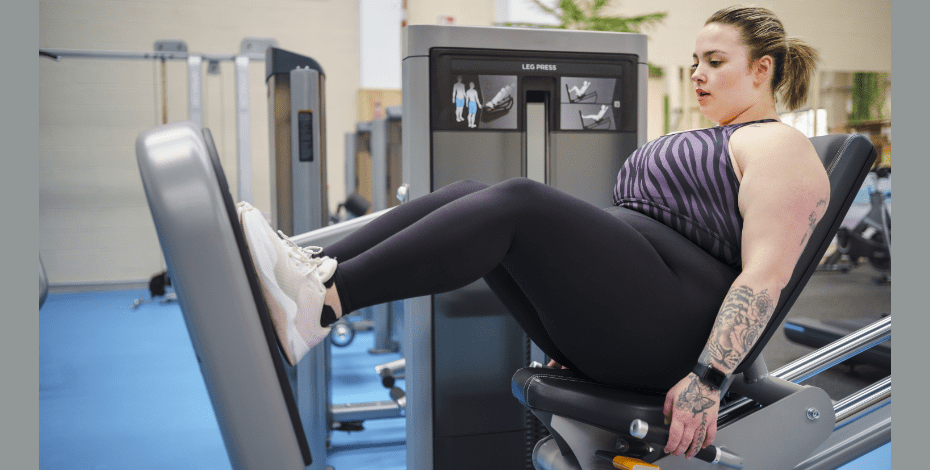
Neuromuscular control and resistance training for people with chronic low back pain

A clinical trial conducted by Australian researchers has shown that there is no additional benefit to including lumbar neuromuscular control retraining exercises to resistance exercises for people with chronic low back pain (CLBP).
Previous research has suggested that deficits in lumbar extensor neuromuscular control are associated with self-reported disability in people with CLBP and CLBP-related lifting dysfunction.
The researchers, led by Joshua Farragher at RMIT University in Melbourne, wanted to know if adding in lumbar neuromuscular control retraining exercises to a strengthening program would be more efficacious in improving disability.
The blinded, randomised controlled trial compared two groups of participants with CLBP.
The control group was given a 12-week program of strengthening resistance exercises, while the intervention group was given a 12-week program involving lumbar neuromuscular control retraining exercises in addition to the resistance exercise program.
The primary outcome of disability was measured using the Oswestry Disability Index (ODI), a valid and reliable method for measuring disability in a CLBP population. Secondary outcome measures—including pain intensity, kinesiophobia, pain self-efficacy and physical outcome measures—were used to determine potential neuromuscular changes.
While a total of 69 participants were enrolled in the study, only 43 participants completed the trial, in part due to COVID-19 restrictions.
Both programs resulted in clinically meaningful improvements in CLBP-related disability, pain intensity and kinesiophobia.
However, adding in the lumbar neuromuscular control retraining exercises did not result in any further improvement in self-reported disability when compared to resistance exercises alone.
Differences in the secondary outcomes were also small and the low numbers of participants meant that the team was unable to investigate the potential influence of neuromuscular and biomechanical factors.
Access the research paper here.
© Copyright 2024 by Australian Physiotherapy Association. All rights reserved.





